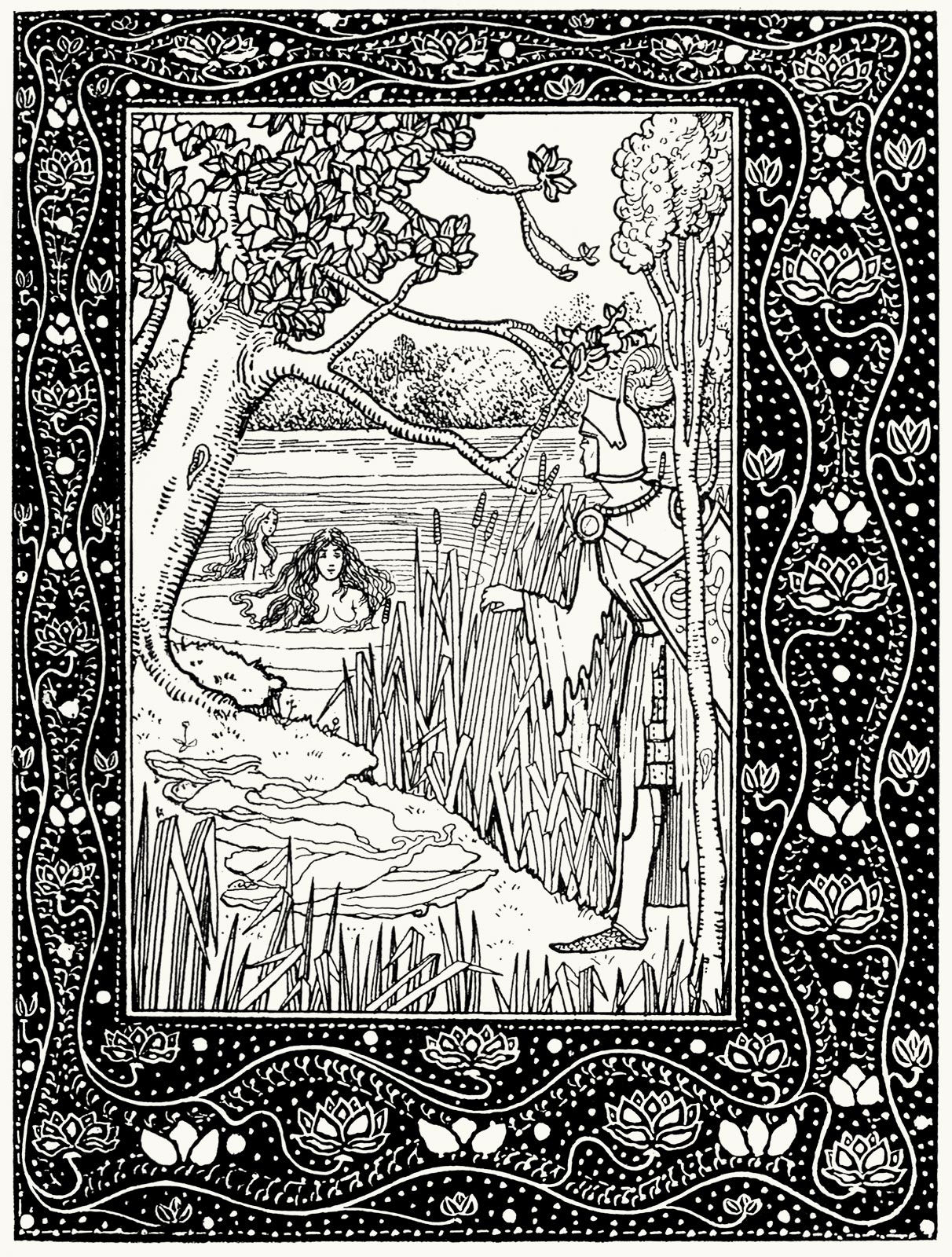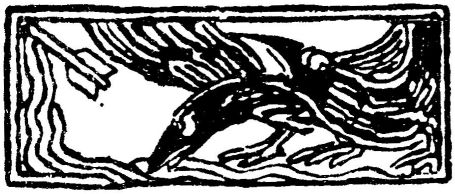Vignette (graphic design) on:
[Wikipedia]
[Google]
[Amazon]

 A vignette, in
A vignette, in

 A vignette, in
A vignette, in graphic design
Graphic design is a profession, academic discipline and applied art that involves creating visual communications intended to transmit specific messages to social groups, with specific objectives. Graphic design is an interdisciplinary branch of ...
, is a French loanword
A loanword (also a loan word, loan-word) is a word at least partly assimilated from one language (the donor language) into another language (the recipient or target language), through the process of borrowing. Borrowing is a metaphorical term t ...
meaning a unique form for a frame to an image, either illustration or photograph. Rather than the image's edges being rectilinear, it is overlaid with decorative artwork featuring a unique outline. This is similar to the use of the word in photography, where the edges of an image that has been vignetted are non-linear or sometimes softened with a mask – often a darkroom
A darkroom is used to process photographic film, make Photographic printing, prints and carry out other associated tasks. It is a room that can be made completely dark to allow the processing of light-sensitive photographic materials, including ...
process of introducing a screen. An oval vignette is probably the most common example.
Originally a vignette was a design of vine-leaves and tendrils (''vignette'' = small vine in French). The term was also used for a small embellishment without border, in what otherwise would have been a blank space, such as that found on a title-page, a headpiece or tailpiece.
The use in modern graphic design is derived from book publishing techniques dating back to the Middle Ages Analytical Bibliography (ca. 1450 to 1800) when a vignette referred to an engraved design printed using a copper-plate press, on a page that has already been printed on using a letter press (Printing press
A printing press is a mechanical device for applying pressure to an inked surface resting upon a printing, print medium (such as paper or cloth), thereby transferring the ink. It marked a dramatic improvement on earlier printing methods in whi ...
).
Vignettes are sometimes distinguished from other in-text illustrations printed on a copper-plate press by the fact that they do not have a border; such designs usually appear on title-pages only. Woodcut
Woodcut is a relief printing technique in printmaking. An artist carves an image into the surface of a block of wood—typically with gouges—leaving the printing parts level with the surface while removing the non-printing parts. Areas that ...
s, which are printed on a letterpress
Letterpress printing is a technique of relief printing for producing many copies by repeated direct impression of an inked, raised surface against individual sheets of paper or a continuous roll of paper. A worker composes and locks movable t ...
and are also used to separate sections or chapters are identified as a headpiece, tailpiece or printer's ornament, depending on shape and position.
See also
*Calligraphy
Calligraphy () is a visual art related to writing. It is the design and execution of lettering with a pen, ink brush, or other writing instruments. Contemporary calligraphic practice can be defined as "the art of giving form to signs in an e ...
, another conjunction of text and decoration
* Curlicues, flourishes in the arts usually composed of concentric circles, often used in calligraphy
*Scrollwork
The scroll in art is an element of ornament (art), ornament and graphic design featuring spirals and rolling incomplete circle motifs, some of which resemble the edge-on view of a book or document in scroll form, though many types are plant- ...
, general name for scrolling abstract decoration used in many areas of the visual arts
The visual arts are art forms such as painting, drawing, printmaking, sculpture, ceramics (art), ceramics, photography, video, image, filmmaking, design, crafts, and architecture. Many artistic disciplines such as performing arts, conceptual a ...
References
{{Authority control Graphic design Illustration Visual motifs